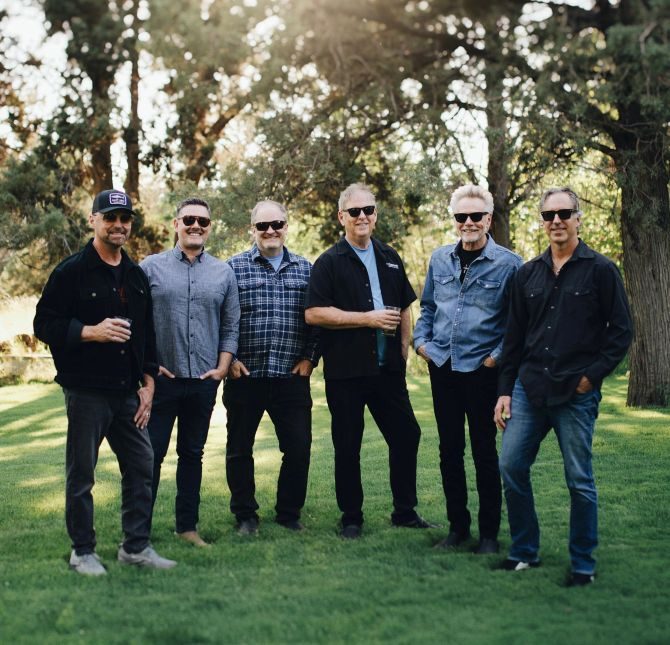BLM was in the wrong on Steens Mountain roads
Published 4:00 am Wednesday, January 30, 2013
Oregon’s public lands offer a wide array of opportunities and resources to Oregonians and the American public. Our shared appreciation of these lands is why generations of Oregonians have worked to care for these landscapes and why many of us choose to call Oregon home. The Bulletin’s Jan. 10 editorial implies that challenges to decisions by federal land management agencies interfere with their good stewardship to the detriment of our public lands. I disagree.
Our federal agencies face real challenges with tight budgets, a wide array of lands uses, severely impacted natural systems and a changing climate. While many areas of the public lands are healthy and well-managed, others suffer from decades of misuse and misdirected management. Public input remains critical to improving public land management, and organizations such as the Oregon Natural Desert Association are critical to ensuring such public input is fully considered.
In a recent situation alluded to by The Bulletin, the Bureau of Land Management elected to approve 133 miles of route maintenance on Steens Mountain. However, the agency did so without the required environmental analysis or public input. In failing to conduct such analysis, it did not consider the impacts of upgrading these routes to wildlife such as greater sage-grouse that have experienced rapidly declining populations over the past several decades, or to users who actually value these areas for their rugged and undeveloped character.
A similar approach led this same agency to illegally build over 30 miles of roads on Steens Mountain in federally protected wilderness and wilderness study areas in 2009. It was ultimately reprimanded by its own state office and is being required to rehabilitate these areas at a significant cost to taxpayers and still-unknown cost to the ecological health of the area. In addition, the BLM had also attempted to “maintain” dozens of miles of roads on Steens Mountain only a few years ago. Thanks to efforts by ONDA volunteers, the roads were found to not even exist on the ground and the BLM was ultimately directed to revise its maintenance plans. Such roads would have dramatically changed the character of a place that Oregonians care deeply about.
The Bulletin editorial characterized ONDA’s objection to the route maintenance as an obstacle to access for livestock management and fire response. This is inaccurate. The routes in question are not the well-groomed or well-traveled gravel roads one might imagine. In fact, these routes are and have always been little-used two-tracks or completely overgrown paths in areas that are prized for their remote and wild character.
Access for livestock management has continued in the area for many years, and the seasonal use by such operators does not require extensive maintenance that could be allowed by the BLM decision. Fire risk is a valid concern on public lands, but improving and maintaining the routes in this situation could actually create more risk than it would solve by potentially increasing the spread of invasive weeds that further worsen the fire risk.
The BLM and other agencies make thousands of decisions every year that are not legally challenged, so we need to be careful when jumping to the conclusion that a particular legal challenge was unjustified. I’m not suggesting that The Bulletin’s assertion is wrong in all cases, but in the case of Steens Mountain, I can assure you that legal action was balanced by efforts to reach out to agencies to resolve concerns, and clear information was provided to the agency pointing out the flaws in its proposed approach and findings.
When a federal agency chooses to ignore such information and violates its own policies and best available information, the public has the right, and one could argue obligation, to voice its concerns. Doing so improves the management and health of our public lands and is a positive example of democracy and the involvement of the public in the management of its public lands.








